September 17th, 2019
Welcome
to “Computing for Molecular Biology 1”
Today
Who
What
Why
How
Who?
I am Andres Aravena
- Assistant Professor at Molecular Biology and Genomics Department
- Mathematical Engineer, U. of Chile
- PhD Informatics, U Rennes 1, France
- PhD Mathematical Modeling, U. of Chile
- not a Biologist
- but an Applied Mathematician who can speak “biologist language”
I come from Chile

How?
Course Homepage
Visit anaraven.bitbucket.io/blog/2019/cmb1
Classes will be published there
You must fill the online survey in that page
That will give you access to the course forum
Attendance
By regulation from the Rectory, “new” students need to attend at least 70% of the classes
“Old” students do not need to attend, but they must sign when they attend
You need to use your student card to control attendance
Do not forget it
Attendance
Attendance means that you pay attention to the class
If you
- browse the internet
- use the cell phone
- read a book
- sit in the last rows
then you are not attending
Exceptions
- You can sit in the last row if the first rows are full
- You can use the cellphone for one specific class, that we will announce
- If you are waiting for an urgent call, please wait for it outside the classroom
- If you arrive late, enter quietly, respecting the rest of the group
- If you get bored, ask questions about the class
Attendance
We have two classes every Tuesday
We control attendance at the beginning of the first and at the end of the second
The attendance book is updated every week and published online
Exercises
We will have several quizzes and homework during the semester
They are mandatory and personal
You can (and must) talk with your friends about the homework, but answers are individual
Exercises
All answers must be sent to
andres.aravena+cmb@istanbul.edu.tr
Send your answers always, especially if you do not solve the question
I use your answers to adapt the classes
Why?
Why are you here?
Why computers?
for Molecular Biology and Genetics
Computers are rule changers
Modern computers were created to solve math equations
Then they were used to handle big databases
They became cheap and found everywhere
They became communication tools
They transformed society and science
How many computers do you use?
- Cellphone
- TV
- Cable decoder
- Microwave oven
- Washing machine
- Car motor
- Metro
- Elevator
- Notebook
Computers transformed
- The banking industry
- The air travel industry
- The manufacturing
- The cars
- The movies
- Science
Four Paradigms of Science
according to Microsoft
1 Empiric
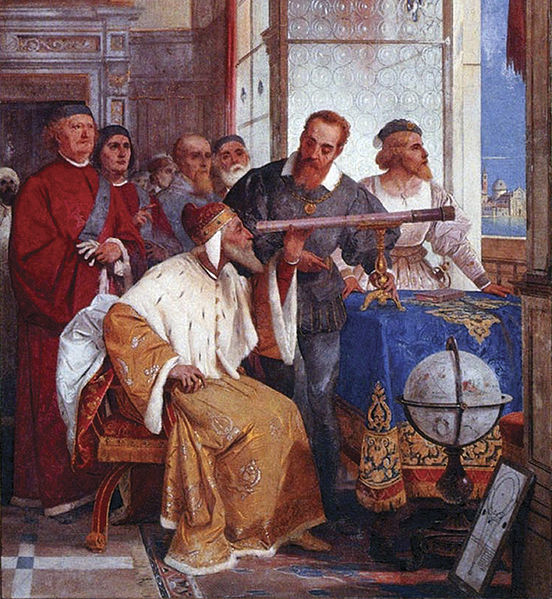
- observation of isolated facts
- description of related facts
- e.g. Botany, naming stars, Arab astronomers, Galileo, Tycho Brahe, Carl Linneaus
2 Theoretical

- Abstract models and theories
- Usually expressed in mathematical formulas
- Correct predictions validate the models
- e.g. Mendel laws of inheritance, Darwin natural selection theory, Kepler law of planet’s motion, Newton’s law of Gravity
3 Simulation Based
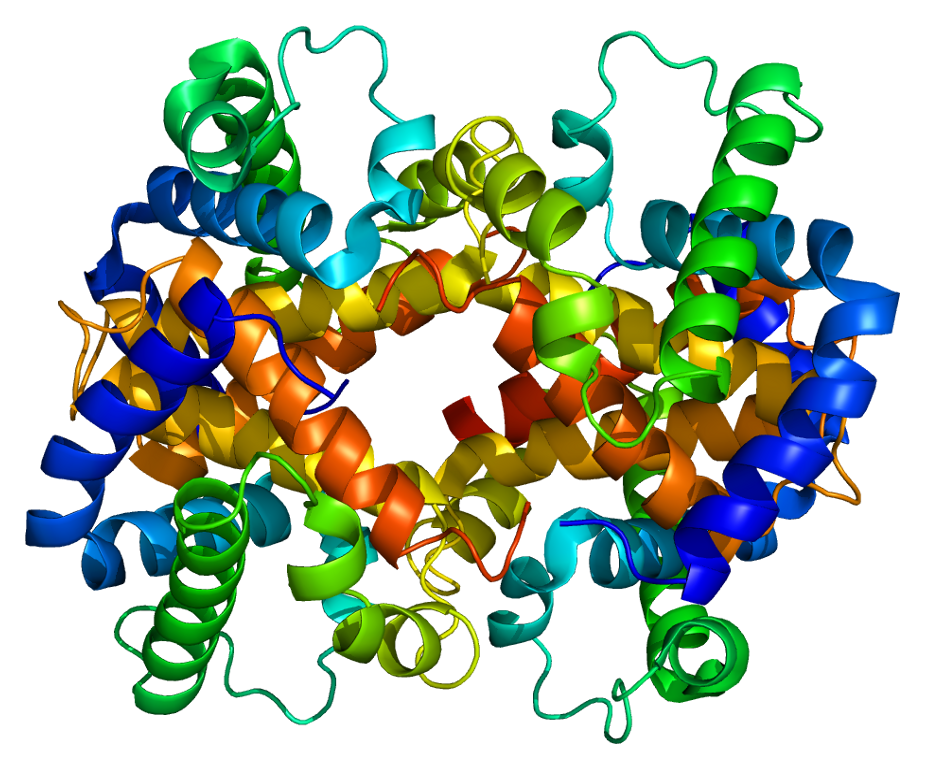
- Models that cannot be expressed in formulas
- Formulas that cannot be solved
- e.g. Protein structure prediction, three body problem, galaxy modeling
- Computational Astronomy, Computational Biology
John Von Neumann
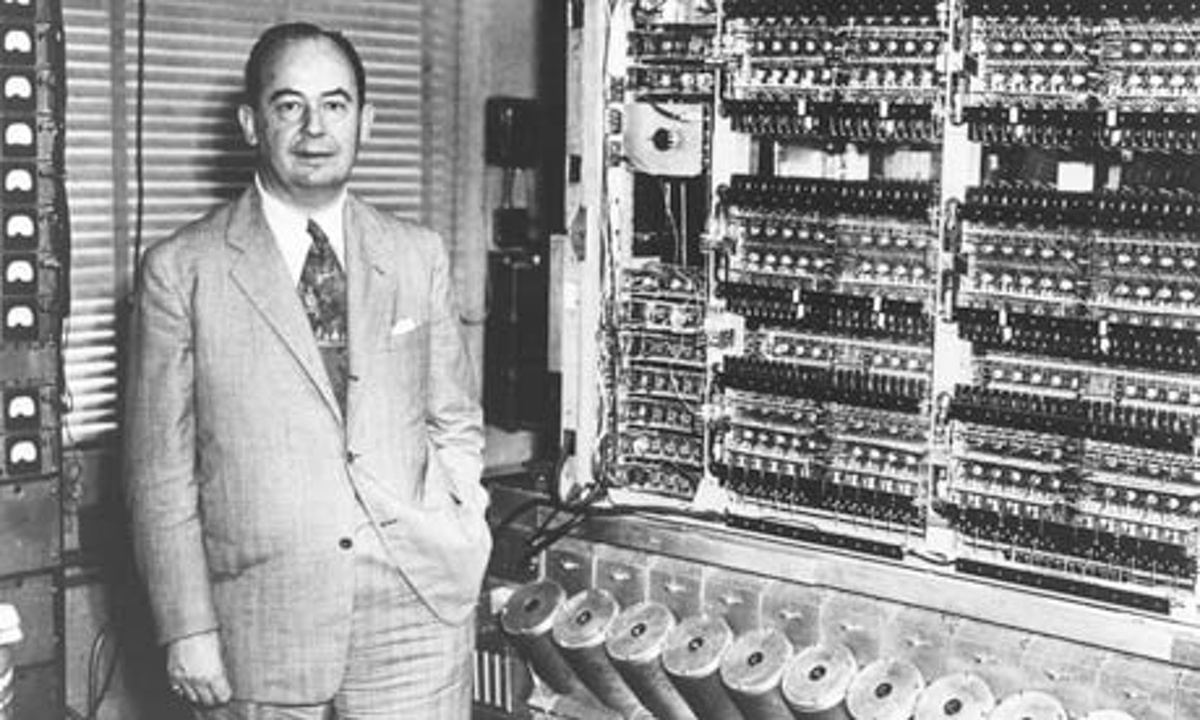
4 Data Based
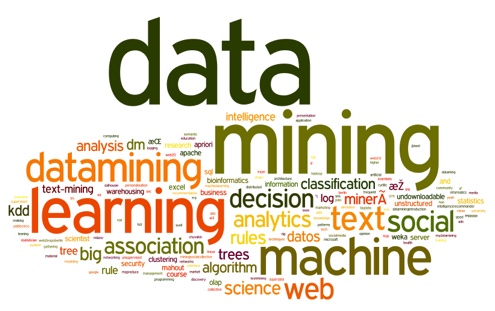
- Discovering patterns hidden in data
- Huge volumes of data
- Complex interactions
- e.g. Bioinformatics, Astroinformatics, Data mining
- Big Data, Machine Learning
Computers
What does Computer means?
A computer is a counter
Normally was a person that did calculations
Sometimes with the help of mechanical devices
During the 2nd World War people invented electronic computers
So, computers are devices handling numbers
A Computer
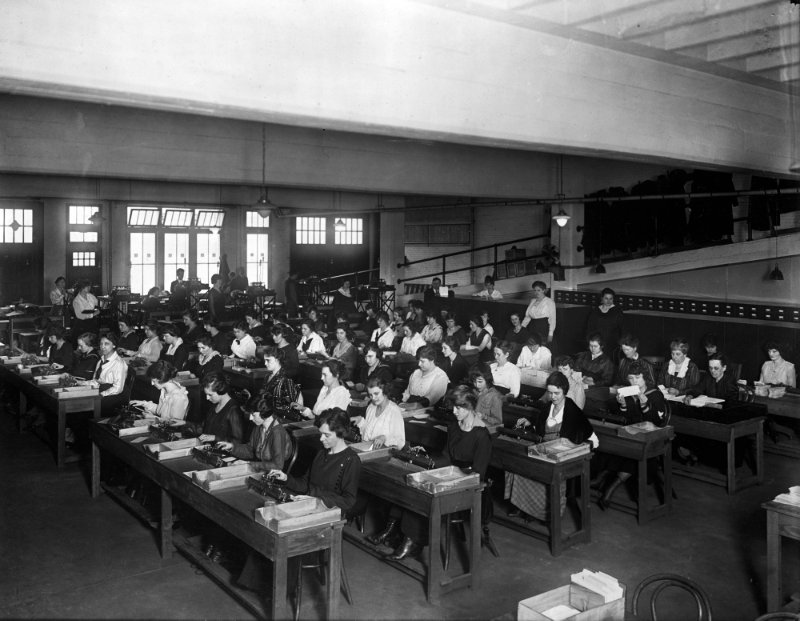
“but I don’t use numbers …”
Don’t worry
Using numbers we can represent other things
In my country kids play this game:
They change vowels A, E, I, O, U by the numbers 1, 2, 3, 4, 5
Then they write H2LL4
Using the same idea we can represent any text
Notice …
… that we have represented sounds by signs for centuries
🎶🎵A Ö æ ñ j r
The key word here is represent
Numbers can represent other things
There are three things in the Universe
- Matter
- Energy
- Information
Information can be put in digital (numeric) form
One byte = One character
For technical reasons modern computers handle memory in bytes
- memory big enough to hold a single character
- like
Wor@
- like
- Or a small integer number (0 to 255)
Floating point
Numbers with decimals can be represented using scientific notation \[1.8466 \cdot 10^{19}\]
In the computer we write 1.8466E19
Notice the meaning of E inside a number
Can also represent special values
- Inf: Positive Infinity, 1/0
- -Inf: Negative Infinity, -1/0
- NaN: Not a number, 0/0
- NA: Not Available, missing data
This has some limitations
We have a fixed number of digits
Not all numbers are represented exactly
For example \[\frac{1}{3}=0.33333333\cdots\] cannot not be represented exactly with 10 digits
We can also represent more complex things things
Example: Sound
- Sound is transformed into electricity by a microphone.
- The voltage is measured 44100 times each second
- Each sample is stored as a number in a CD
Two steps: sampling (in time) and discretization (in voltage) 
Example: Greyscale Image
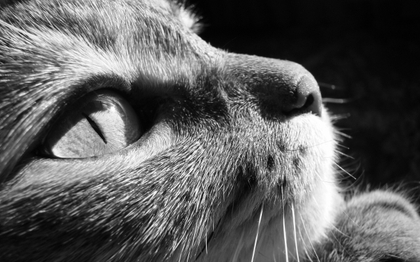
Example: Greyscale Image
- Each “point” has a value between 0 (black) and 255 (white)
- correct name is pixel picture element
- they are stored line by line
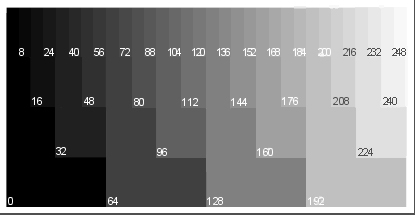
Numbers can represent a lot of things
- Images
- Audio
- Movies
not yet
- smell
- taste
- tact
What can a modern computer do?
Computers handle numbers
Numbers represent information
Computers can transform and transfer information
So, What is a Computer
- Computer
- (English) counter, calculator
- Ordinateur
- (French) sorter, gives order to data, handles data
- Bilgisayar
- (Turkish) Information/Data counter
What can you do with these?
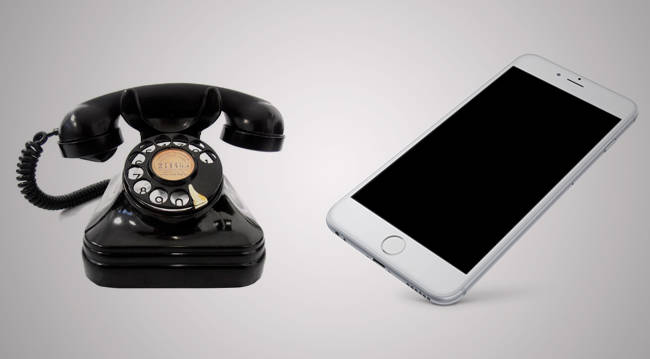
What can a computer do?
- calculate formulas
- solve (some) equations
- store and retrieve huge quantities of data
- find patterns in data
- find data matching a pattern
- transform data in useful ways
- compress data
- move data at low cost without distortion
Parts of a computer
This was Von Neumann idea

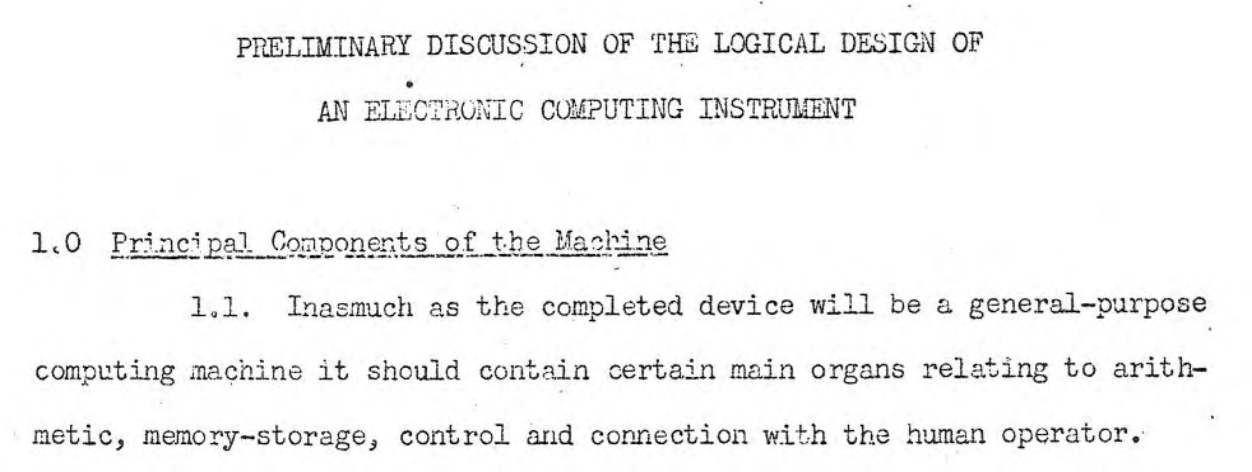
In summary
What is a computer?
Is a general purpose device that can
- read, process and write numbers
- (and things that can be represented by numbers)
- to and from the memory
- following a program stored also in the memory
- many simple steps
Changing the program changes the purpose of the machine